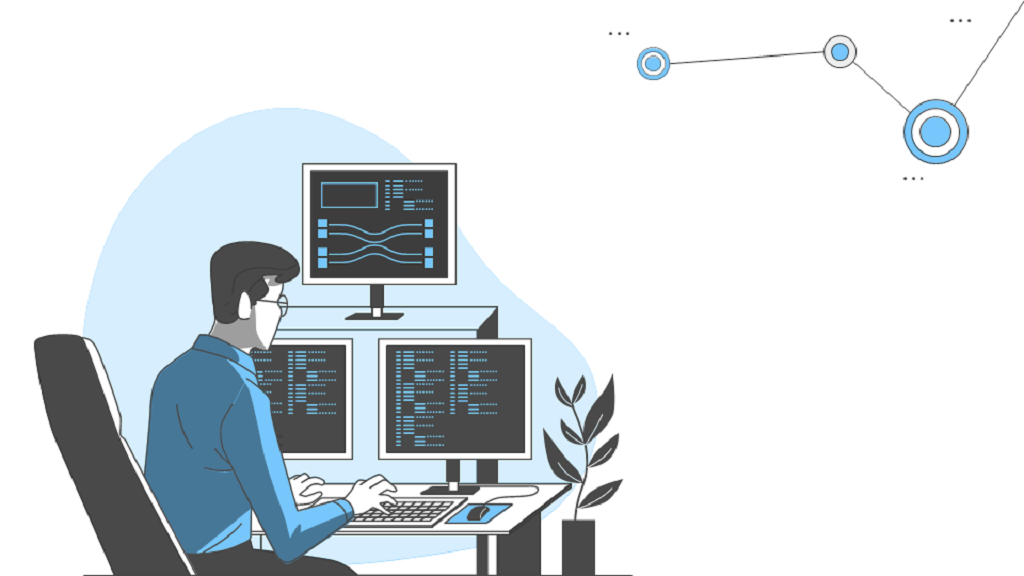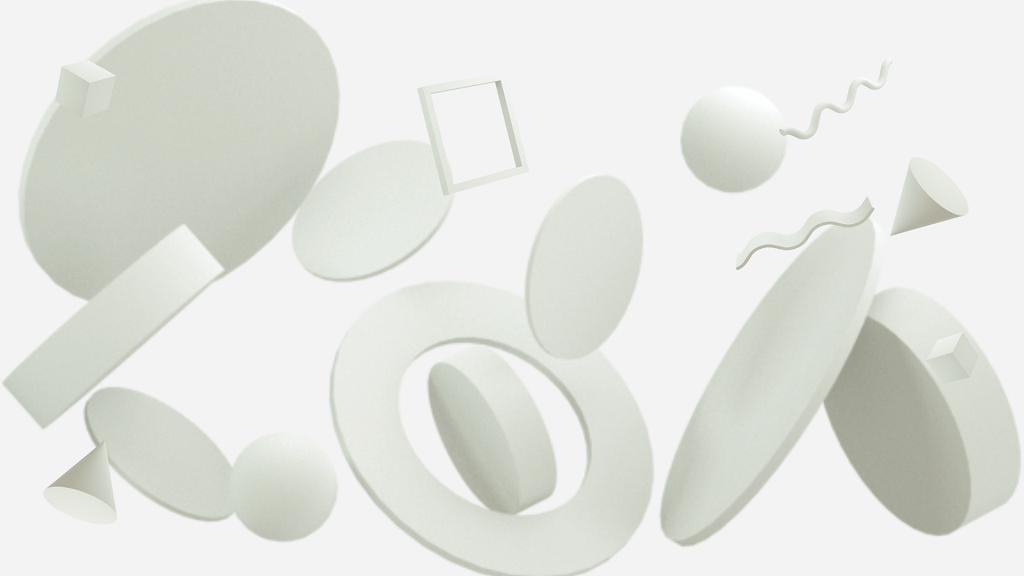
Introduction
The best tech stack for a SaaS application depends on its purpose and the type of customer you’re targeting. For example, if your product is a B2B solution that requires high security and reliability, then a managed cloud platform with a relational database might be more appropriate than an open-source platform with NoSQL databases. It’s also important to consider which technologies are currently popular in the SaaS industry so that your product doesn’t become obsolete or redundant when compared with similar solutions in its field.
Containerize your application
Containerization is a technology that allows you to run multiple applications on the same server.
Containerization is an important part of any SaaS application, as it allows you to isolate your application from other processes running on your servers. This means that if one of your applications crashes or fails, it won’t affect other users or their data.
Containerization also lets you scale up or down depending on the load level–for example, if there’s high demand during peak hours but not much traffic during off-hours, containerization lets you increase resources for peak hours without wasting resources when they’re not needed (and vice versa). Finally, containerization makes deploying new versions of software easier because there are fewer dependencies between different systems; this means less downtime when making updates!
Deploy your service to a cloud infrastructure provider
If you’re building a SaaS application, it’s important to consider what type of cloud infrastructure provider you should use. There are many different types of providers, each offering different services and features. You can use a cloud infrastructure provider to deploy your service, manage your database, and even manage DNS records for your domain name.
You can also choose between public cloud providers (such as Amazon Web Services or Microsoft Azure) or private ones (such as Google Cloud Platform). If security is a concern for you–and it should be–then using a private provider may be more appropriate because they offer greater control over access rights than public ones do
Manage your database with database as a service (DBaaS)
A database as a service (DBaaS) is a cloud-based database that you can use to store and manage your data. You don’t need to worry about scaling, backups, or other management tasks–the provider handles all of that for you.
The benefits of using DBaaS include:
- Scalability: Your application can grow without affecting performance or cost.
- Security: The provider takes care of security so that you don’t have to worry about it.
Store your data in a NoSQL database
NoSQL databases are a good choice for storing data that can be accessed in different ways. They’re not as rigid as relational databases, which means they can store unstructured data and accommodate more flexible queries.
NoSQL databases are great for storing large amounts of data, especially if you don’t know what kind of information will be needed later on.
Use a managed DNS service for managing DNS records across all of your domains and records.
DNS (Domain Name System) is a critical part of any SaaS application. DNS management is a big part of SaaS sales and marketing, as well as tech stack development.
You need to be able to manage DNS records across all of your domains and records, but there’s no reason to do this manually when there are plenty of services out there that offer automated DNS management for free or at low cost.
Use a Workflos saas management platform for building and testing your backend code.
A Workflos saas management platform is a cloud-based service that helps you build and test your backend code. It can also manage your database, DNS, email and other services.
A Workflos SaaS management platform lets you deploy your application without having to worry about maintaining servers or making sure they’re secure from hackers. You can use this software to test out new features before releasing them to customers; it gives you full control over how much access each user has in their account; and it allows all team members involved with building an app (including designers) keep track of progress at every step along the way.
You can use many different technologies to build an SaaS product.
The best tech stack will vary depending on the needs of your business and users, but here are some examples of what works well:
- You can use a variety of different databases (e.g., PostgreSQL or MongoDB).
- You can use a variety of servers and hosting providers (e.g., DigitalOcean or AWS).
- You can use a variety of programming languages (e.g., Ruby or Python).
- Or, if you prefer not to roll your own tech stack from scratch, there are many frameworks available that make it easier than ever before for developers without deep knowledge about building web apps from scratch
Conclusion
The best tech stack for your SaaS application is the one that works best for you. There are a lot of different technologies out there, and they all have their pros and cons. You should choose the ones that fit your needs and make sense for your product.


